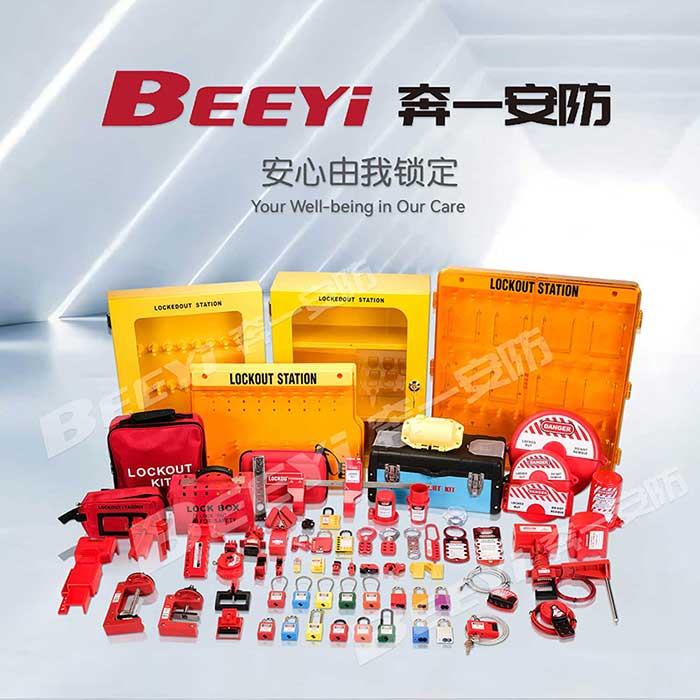Pneumatic systems are integral to many industrial processes, ranging from manufacturing and construction to mining and energy. These systems use compressed air to operate machinery and tools, but the energy stored in pressurized air can pose significant safety hazards if not properly managed. To mitigate the risk of accidental release of this stored energy during maintenance, pneumatic lockouts are crucial safety devices. This guide provides a step-by-step approach to the installation of pneumatic lockouts, ensuring the protection of maintenance personnel and the safe operation of pneumatic systems.

What are Pneumatic Lockouts? Pneumatic lockouts are safety devices designed to isolate pneumatic energy in a system. They are part of a broader category of Lockout/Tagout (LOTO) procedures used to prevent the accidental release of hazardous energy while workers perform maintenance. Pneumatic lockouts typically cover valves, air lines, or pressure regulators, ensuring that no pressurized air can flow through these components during maintenance work. Why Are Pneumatic Lockouts Important? The main purpose of a pneumatic lockout is to protect workers from injuries caused by the unintended release of stored pneumatic energy. Without proper lockout devices, there is a risk of accidental activation of machinery or release of compressed air, which can lead to severe injuries or fatalities. By using pneumatic lockouts, you ensure that workers can safely perform repairs, inspections, or adjustments on pneumatic systems without the threat of accidental system activation.